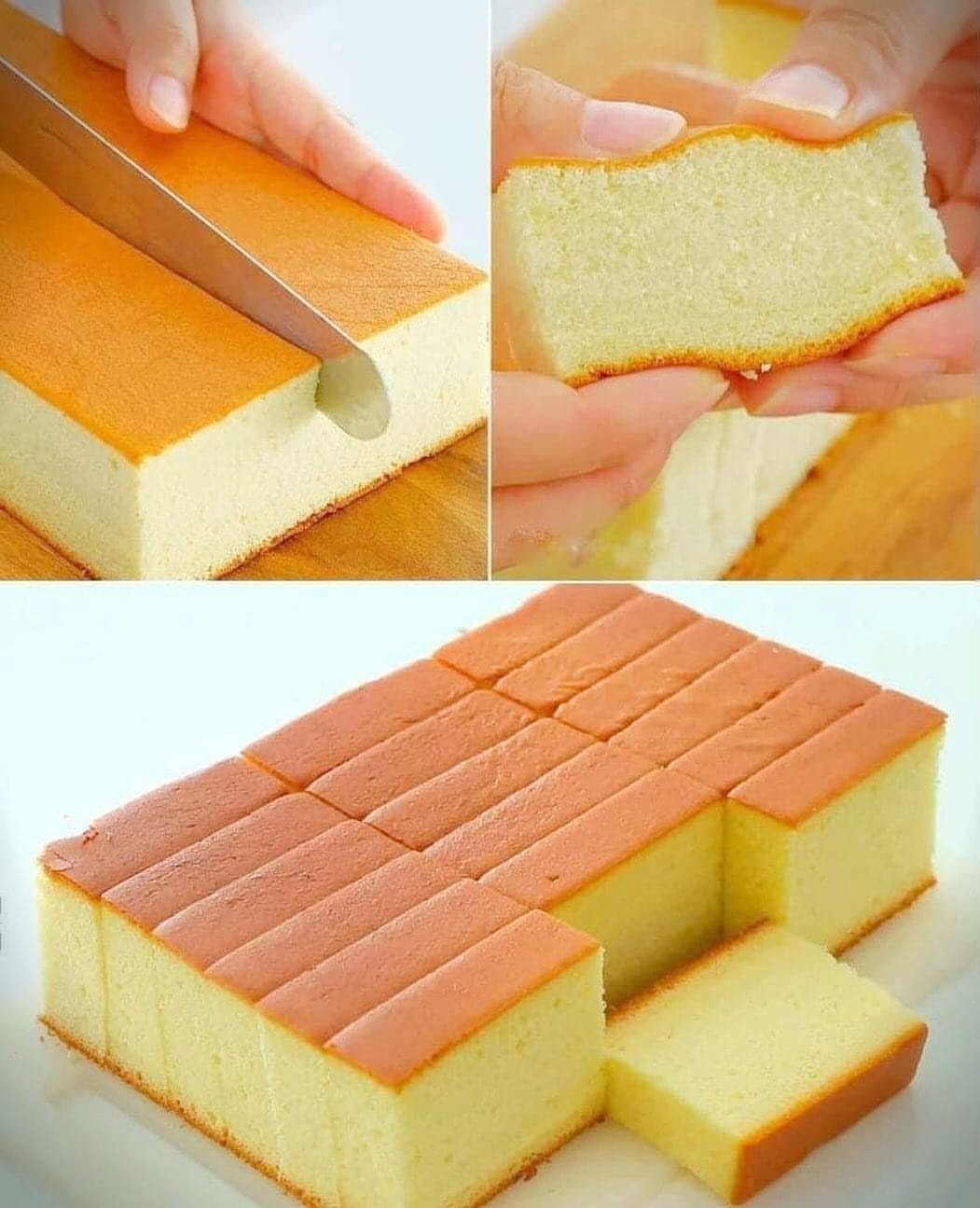
Castilla cake, known as “castera” in Japan, is a light and fluffy sponge cake that has captivated dessert lovers for centuries. Originally introduced to Japan by Portuguese traders in the 16th century, Castilla cake has evolved into a beloved Japanese dessert, often served in beautifully packaged boxes. Made with simple ingredients like eggs, sugar, flour, and honey, this cake is known for its soft texture, delicate sweetness, and golden brown crust.
Let’s explore the rich history of Castilla cake, how this light sponge is made, and discover its exciting variations.
History of Castilla Cake:
The story of Castilla cake begins in the 16th century when Portuguese missionaries and traders arrived in Nagasaki, Japan. They brought with them a cake called “pao de castilla” or “bread from Castile” (a region of Spain), which became the inspiration for the Japanese Castilla.
The Japanese adapted the recipe, making it their own by using local ingredients such as sugar syrup, and baking the cake without butter, resulting in a uniquely moist texture. Nagasaki is famous for its Castella cake, and it remains a popular souvenir from the area.
Traditional Castella Cake Recipe
Ingredients:
- 6 large eggs
- 1 cup (200 grams) granulated sugar
- 1 1/4 cups (150 grams) bread flour (sifted)
- 3 tablespoons honey (dissolved in 2 tablespoons warm water)
- 2 tablespoons milk
Instructions:
1 Prepare the pan:
Preheat the oven to 320°F (160°C).
Line a 9×5-inch baking pan or similar rectangular pan with parchment paper, making sure the paper extends over the sides for easy removal.
